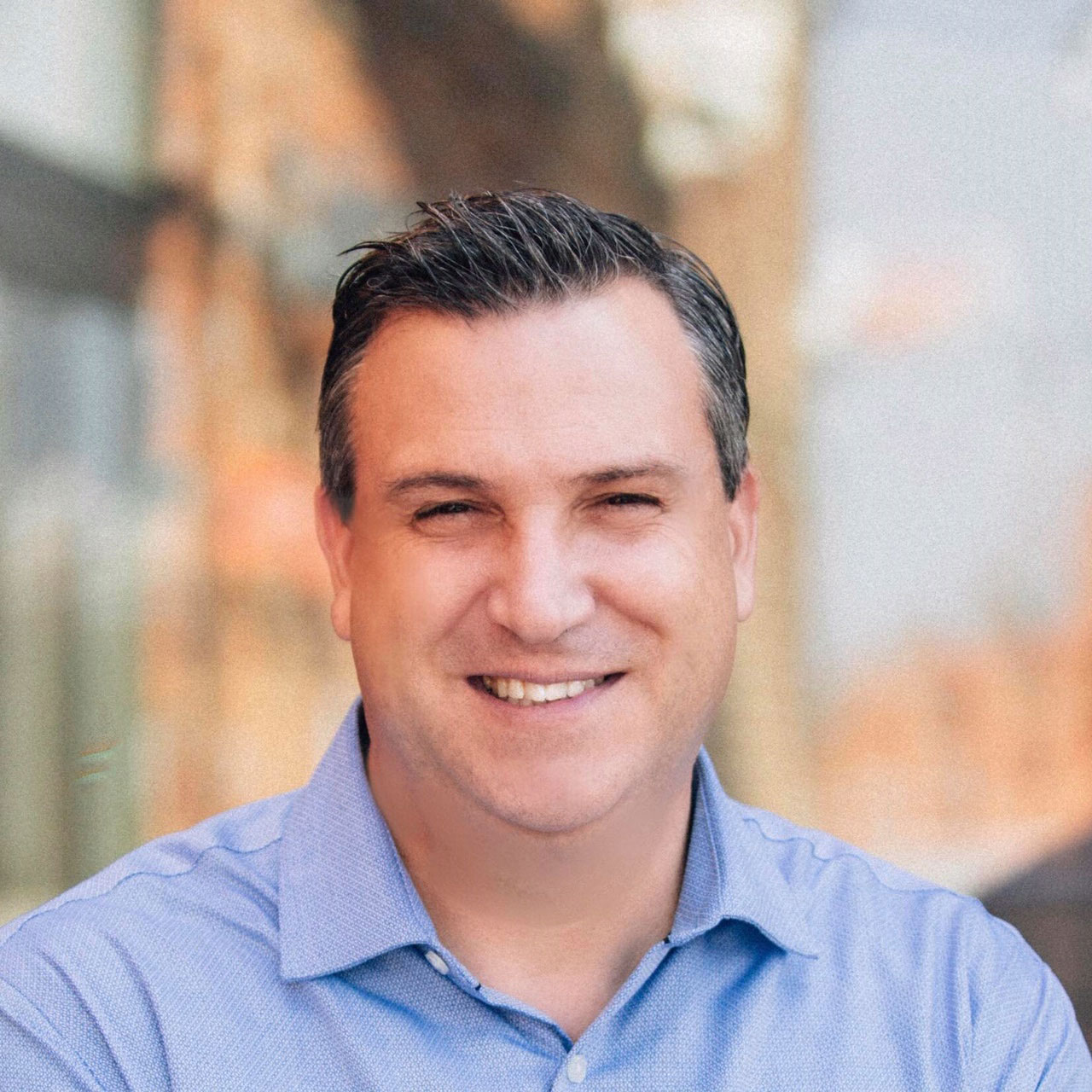You simply can’t overstate the importance of Tony Hsieh’s contribution to business today. He has tragically left us , but his contributions are more important than ever. (Editor's note: Hsieh died Nov. 27 at age 46 of injuries suffered during a house fire.) The Zappos founder and former CEO delivered not only shoes and “happiness,” but also a blueprint for winning with consumers in an age of heightened expectations and shaky trust. He was a visionary who injected trust, empathy, and even fun into the online buying process. His “Powered by Service” Zappos flipped the customer service model on its head. He put service at the center of every smart company’s business model. Hsieh pioneered what I dub the “The Concierge Economy.” To win, you must listen, think, and act like a concierge— always listening and treating every query or problem as an opportunity. But the Zappos concierge didn’t wear a stiff uniform. To the contrary, Hsieh’s legions of concierge-minded employees connected with consumers in ways that were surprisingly authentic, friendly, energetic, and obsessed with delight. This flew in the face of prevailing business logic. Most brands back then made finding the 800 number or feedback forms as difficult as beating the Queen’s Gambit Beth Harmon in chess. Zappos by contrast, rolled out a red carpet of seemingly endless “talk to us” service invitations—bold 800-number invites, omnipresent chat, dynamic FAQs. I once counted 20 service invites on the home-page alone. Translation: all feedback is gold; every complaint a gift. As I wrote in Ad Age back in 2009, Zappos “found value in a place most of us leave for dead and certainly don't consider … being a media channel: customer service. They took this ‘cost center’ input and turned it into an unassailable asset.” For example, Hsieh emphatically insisted shoe “returns” were a good thing. In the end, you could build loyalty better and cheaper this way versus traditional acquisition methods. Hsieh was also way ahead of his time in empowering front-line service employees to solve problems for the customer, even off-protocol things like delivering a pizza as a make-good. He operationalized this so well he turned his Las Vegas service operation into a high-demand service leadership academy for other companies. I knew all this worked because I measured it while co-leading an online feedback and social media monitoring division of Nielsen. Happy Zappos customers—thrilled with positive service experiences—blanketed the web with raving testimonials. No other brand came close. Small wonder Amazon—a brand “powered by reviews”—smartly stepped into Zappos’s shoes in 2009 for a deal worth $1.2 billion. A few years later, I was so smitten with Zappos approach that in one of my first acts as new Global Head of Digital for Nestle—home to brands with massive “service upside” like Nespresso, Purina, Gerber, and Perrier—we rebranded our service department as “Consumer Engagement Services” and reclassified it as a “profit center.” The word “engagement” was a deliberate and generous nod to Zappos, and a recognition that the forthcoming e-commerce revolution would rescript all the rules of brand building. I recall spending time with Tony at a service conference in Miami in 2011. We both delivered keynotes. To prepare for my speech, and knowing he’d be in the audience, my wife Erika and I tested his “service is marketing” thesis with an online chat with a Zappos representative. We tossed every goofy question to the chat agent you could imagine. When we asked about the Zappos CEO, she gushed over the degree to which he made every employee feel important. Curiously, Hsieh would never boast about these things. He oozed modesty, humility, and accessibility. The term “understated overachiever” comes to mind, and I daresay Congress would have had a hard time villainizing him on the stand like the others in “Big Tech.” Hsieh’s example has never been more urgently important than it is right now. Consumers expect so much more from brands – across all channels, and at all times. Customers not only want to know how products work, but also how they are made, whether they are sustainable and responsibly sourced, and whether employees or suppliers are treated with respect and equal opportunity. They want the answer in one search, click, or voice command. The onslaught of new and smarter technology–from voice and AR/VR to anywhere/anyplace bots and contactless experiences–will only intensify these “concierge” expectations. The challenging moment we’re living in, and the post-pandemic future that is ahead of us, are tailor-made for the foundation Tony Hsieh built for us. Consumers want to be cared for, listened to, respected, and even loved more than ever before. He made it look easy. It’s not, but it is essential. Consumers now and in years ahead will reward companies who follow Tony’s lead and punish those who don’t. I don’t think anyone will ever fill Tony’s shoes, but we can certainly do our best to walk in them. He will be missed.

November 29, 2020 06:49 PM
Latest News
Staying current is easy with newsletters delivered straight to your inbox.
Staying current is easy with newsletters delivered straight to your inbox.





